The Bahamas are home to underwater wonders, from coral reefs to caves. I explored the underwater world of Grand Bahama with Cristina Zenato and Kewin Lorenzen, getting a glimpse into their work.
I started with a photography course with Kewin, where I learned skills to make an idea a reality by adapting to different environments. After each dive, we would critique the photos, taking note of adjustments to make for the next dive. After discussing the skills and then applying them underwater, I felt more comfortable adjusting my settings or strobe placement for different subjects.
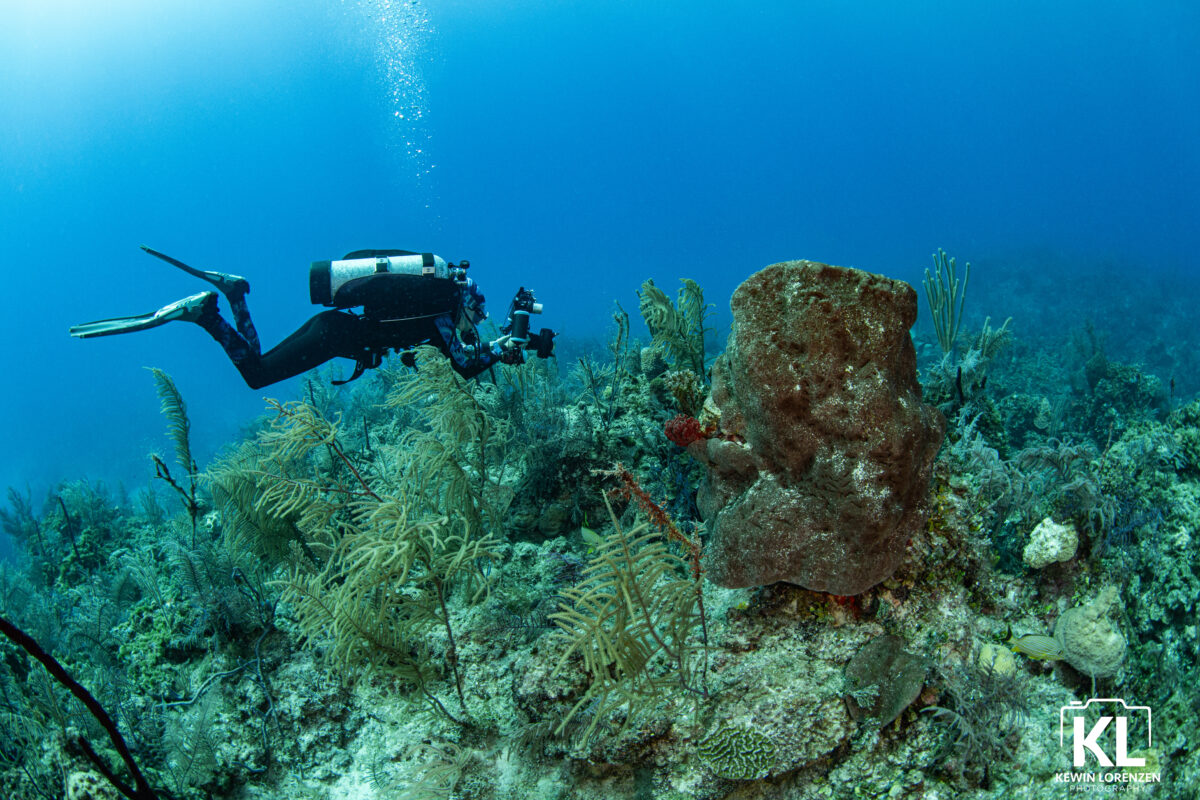
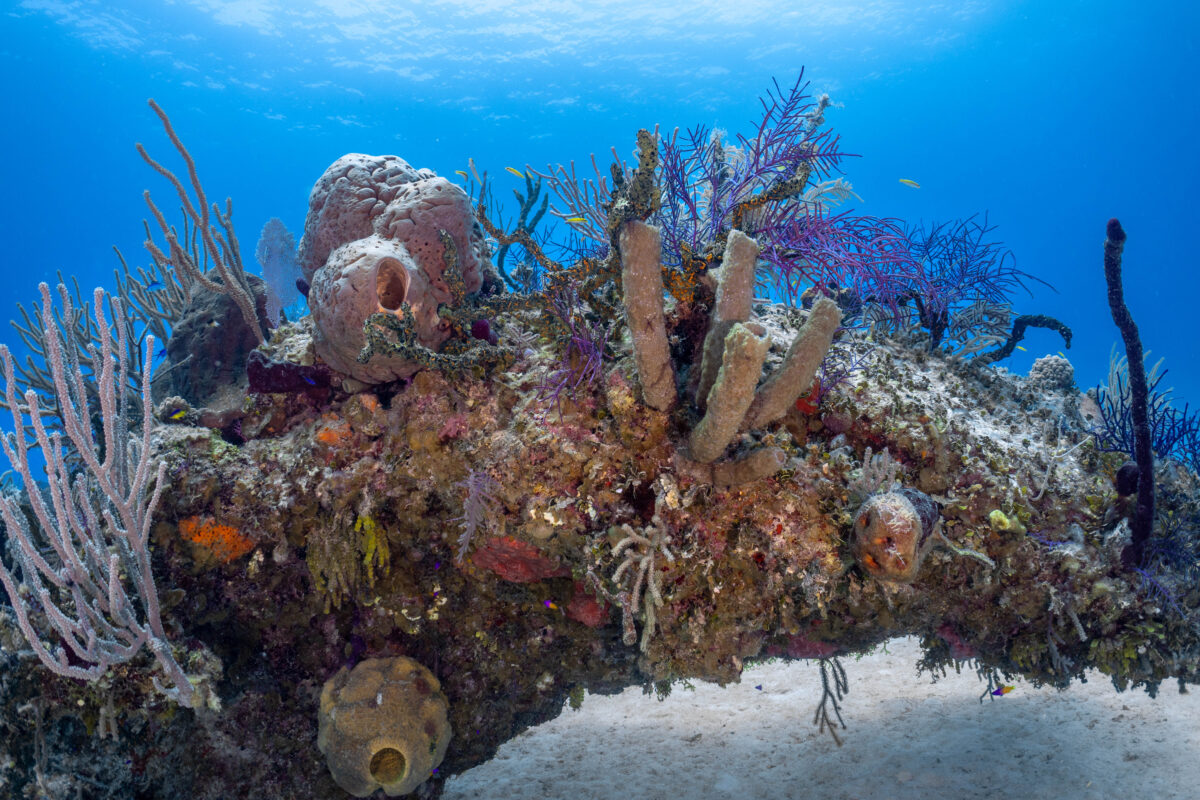
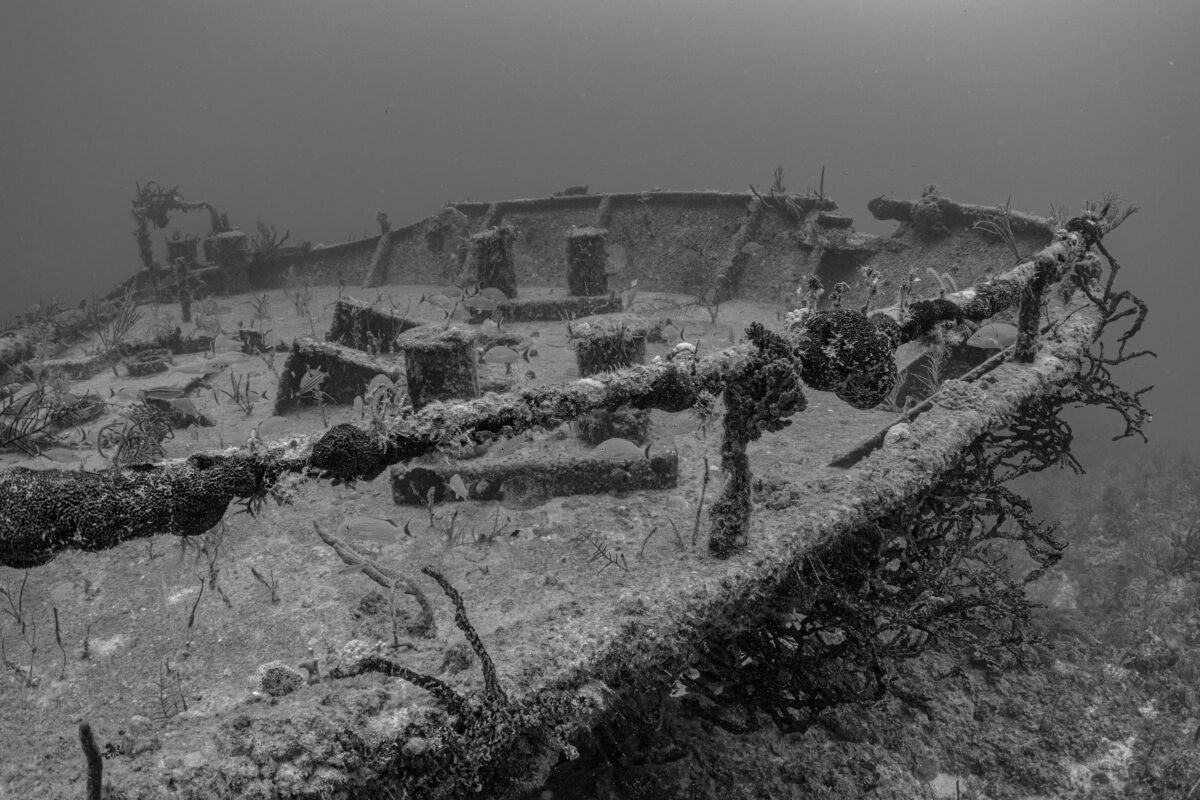
I also had the opportunity to be a part of Cristina’s Shark Handling course. She takes students out for two days and four dives with the local shiver of Caribbean reef sharks. Throughout the course, she teaches about shark behavior, how to interact safely with sharks, and why their conservation is important. It was interesting to see the intersection of ecotourism and conservation and learn about the positive impact these up-close encounters can have on people.
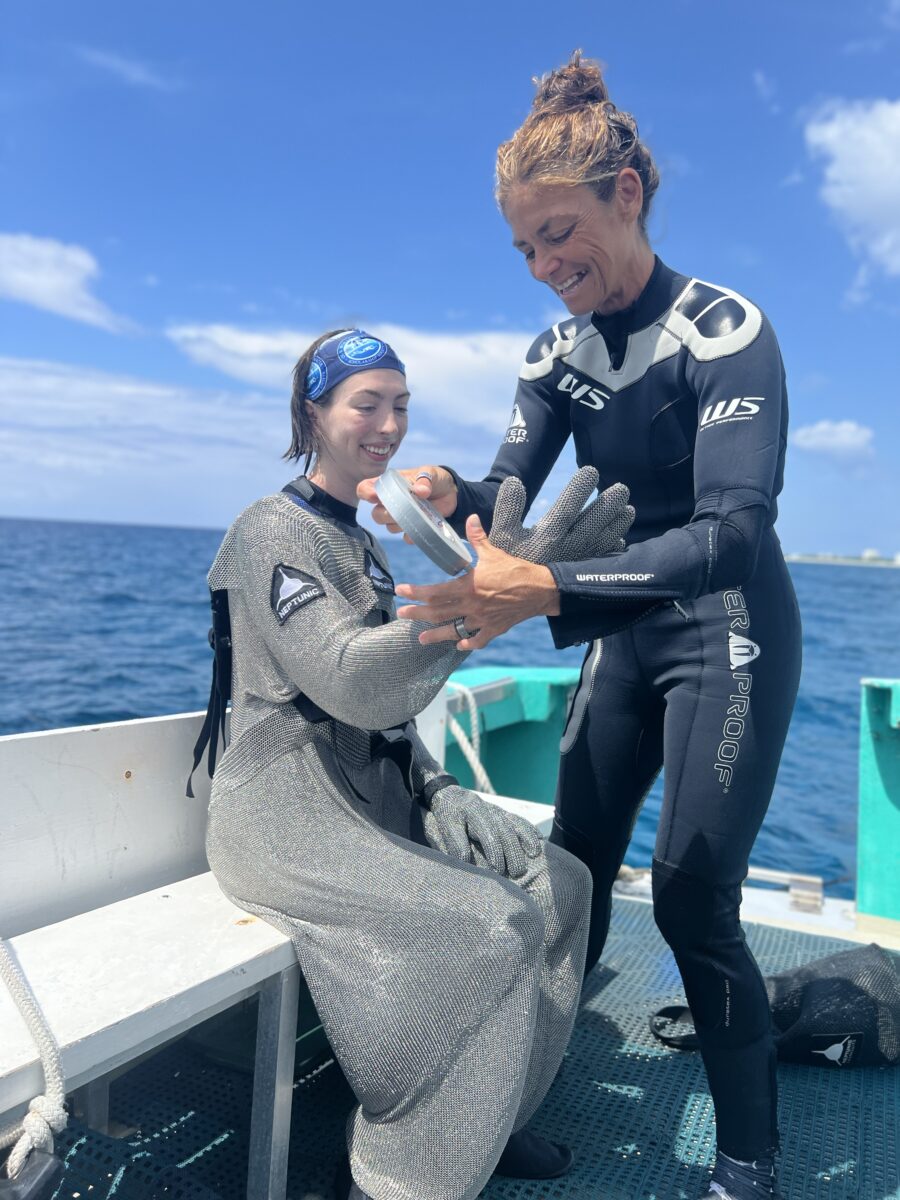
During the shark dives, I also got to see Cristina removing hooks from these sharks. Of the thirteen sharks we saw on one dive, seven of them had hooks.
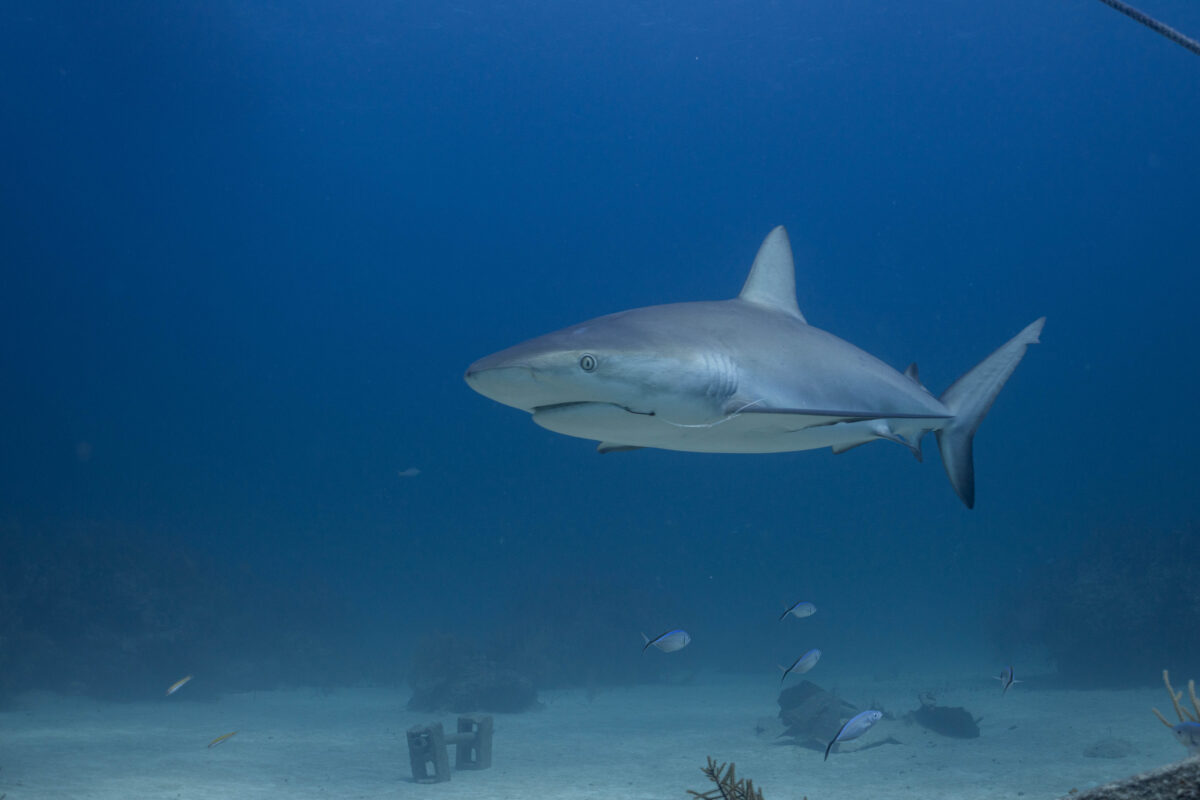
I saw firsthand how much these hooks can impact their behavior. We saw one male shark repeatedly dive into the sand, trying to dislodge a hook and others swimming erratically in the water column. It was incredible to see Cristina work with these sharks and help them through hook removals.
Hook removals and shark diving are only part of Cristina’s work to conserve sharks. In 2011, she helped advocate for the Shark Fishing Amendment along with the Bahamas National Trust and the Pew Charitable Trust, which created a shark sanctuary throughout all the islands of the Bahamas and prohibited all shark fishing.
In addition to working in shark conservation, Cristina and Kewin also work to conserve and explore the cave systems in the Bahamas. While there, I completed my Cavern Diving certification, my first experience in an overhead environment. It was incredible to dive in these beautiful caverns full of stalagmite formations. I learned cavern dive safety and proper diving techniques in these environments.
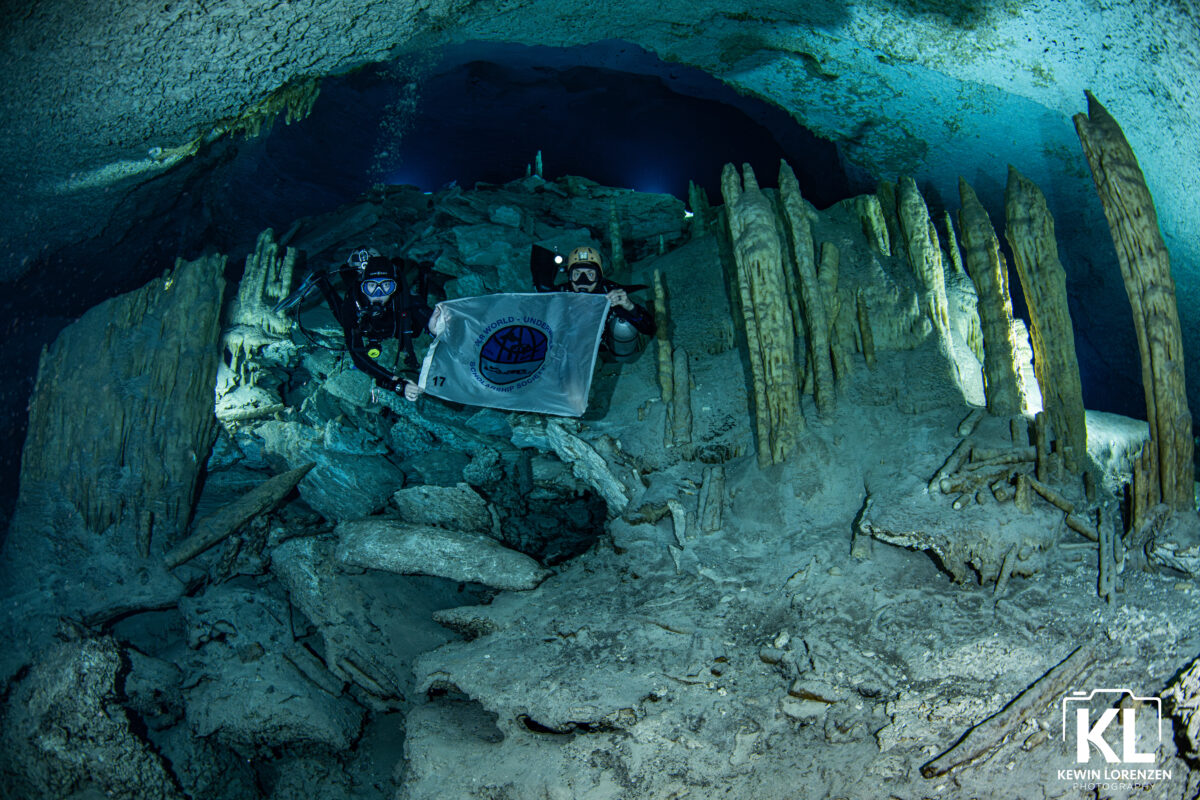
Sharks and cave diving may seem unrelated, but they are, in fact, very connected. The caves are connected to the ocean and the vital coastal mangrove habitats that create nursery grounds for some sharks and hundreds of other species (including shark prey species). Protecting caves, which are so connected to these coastal habitats, directly helps protect sharks.
Cristin and Kewin also do creative photoshoots underwater, including in caves (you can see some of their work here). While I stayed with them, I got a glimpse into their creative process and participated in discussions about creating new concepts and figuring out the logistics of executing a creative vision. As someone who enjoys exploring creative outlets (especially when they overlap with marine-related work), it was so interesting to learn about this creative process and the stories behind these underwater scenes.
Cristina and Kewin taught me so much about photography, sharks, conservation, creativity, caverns, and caves. When I was not diving, highlights included walks on the beautiful beaches and cuddles with their two adorable pups!

Thank you to the Our World-Underwater Scholarship Society and our sponsor Rolex for making this scholarship experience possible. I would also like to thank Reef Photo and Video, Nauticam and Light and Motion for my underwater camera setup as well as Aqualung, Fourth Element, Suunto, Halcyon, and DUI for my diving equipment.